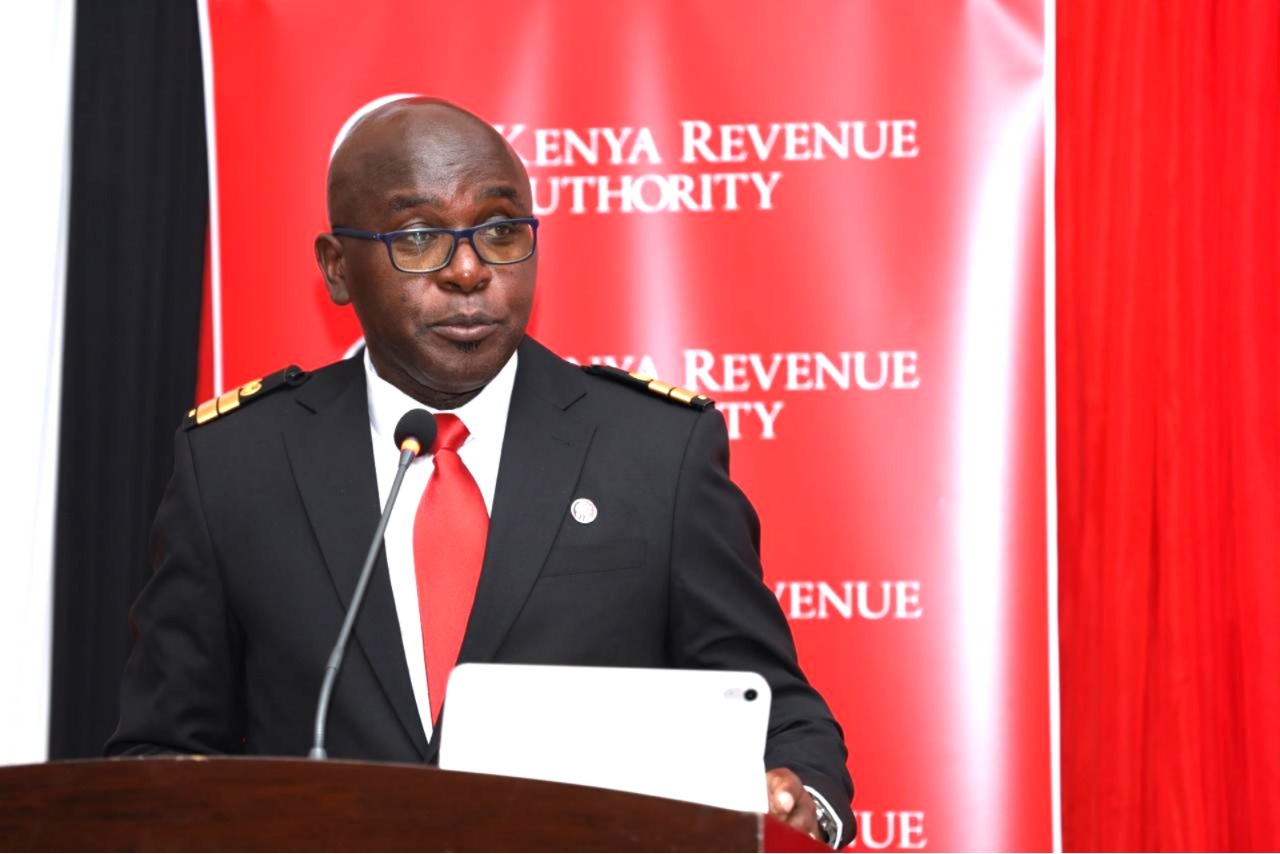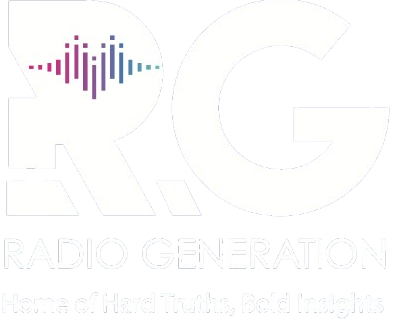Kenya Revenue Authority has flagged nearly 21,000 businesses for possible deregistration after uncovering what it describes as a troubling trend of false VAT filings, nil returns and unpaid taxes despite clear signs of business activity.
Speaking in Nairobi on June 10, Deputy Commissioner for Micro and Small Taxpayers Gideon Muhwa laid bare the scale of the problem, pointing out that VAT performance continues to drag down overall tax revenue despite its presence in everyday consumer transactions.
“We have a real challenge with VAT as a tax head. Collections are far below expectations,” he said.
Kenya’s VAT-to-GDP ratio currently stands at 16 per cent, far below South Africa’s 27 per cent, even though VAT applies to most purchases made by citizens.
According to KRA records, 10,771 taxpayers claimed VAT of Sh29.8 billion, yet 2,750 of them consistently filed nil returns.
This alone resulted in a loss of Sh4.7 billion. More concerning were invoices worth Sh35 billion issued by these nil or non-filers, carrying potential VAT of Sh5.6 billion that was never remitted.
The taxman has responded by deploying the “VAT Special Table,” a digital tool designed to publicly expose non-compliant taxpayers. The list currently includes 20,981 entities that risk deregistration.
“No business wants to be branded as fraudulent,” said Muhwa, noting that reputational pressure is now part of KRA’s strategy to encourage compliance.
In addition to fake returns, KRA has identified 1,832 taxpayers who filed returns showing Sh9.5 billion in sales and Sh1.5 billion in VAT but failed to make payments. “Again, that is why we have that decline as we analysed our numbers from our database,” Muhwa stated.
The authority has also found that some businesses manipulate the system by filing invoices unrelated to their operations. These discrepancies are now being flagged using a system called VAT auto-population, which compares purchase and sales invoices filed in the iTax platform.
The tool led to a 17 per cent rise in VAT collections in December 2024 and 15 per cent in January 2025. However, the momentum quickly faded, with growth dropping to 3 per cent in February and declining 11 per cent in March.
Muhwa attributed this slump to missing trader schemes—cases where entities use fake documents or register under other people's names to submit false claims and avoid tax.
“So, what we did is we analysed further and noted a very peculiar phenomenon where you will have this taxpayer who is a nil filer. But they have the VAT obligation, yet they will not file, or when they do, they file a nil return,” he said.
Further investigation also showed that some newly VAT-registered businesses reported taxable sales worth Sh11.5 billion between July 2024 and April 2025, equating to Sh1.8 billion in VAT. But none of it reached KRA.
Despite new technology and enforcement measures, VAT’s contribution to the national revenue continues to lag, prompting the taxman to increase pressure on non-compliant businesses through both digital surveillance and public exposure.

